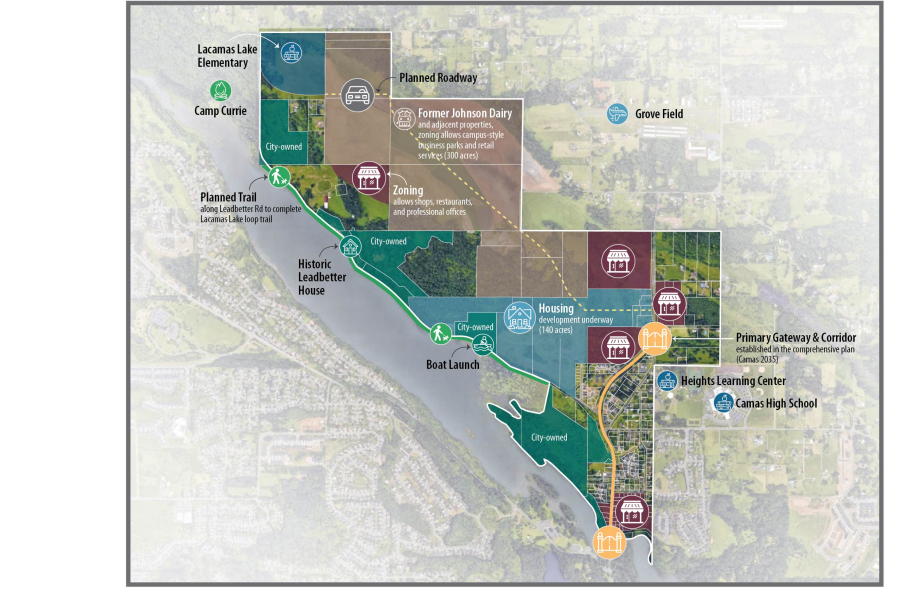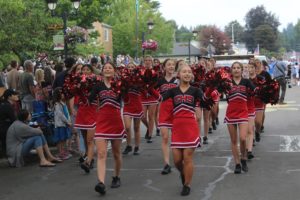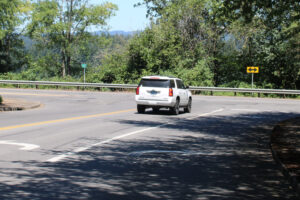Planning for Camas’ North Shore area took a giant leap forward last week after the Camas Planning Commission agreed to forward eight community-developed “vision statements,” intended to guide development in the 800-acre swath of mixed-use land extending from Lacamas Lake to the northern city limits known as North Shore, to the Camas City Council.
The Commission’s decision followed a nearly 90-minute virtual public hearing that had few public comments but much discussion among commissioners.
“It’s always good to be proactive about infrastructure before development comes in,” Camas Senior Planner Sarah Fox told the Planning Commission in July, adding that the city has already managed to acquire about 270 acres in the North Shore area.
On Tuesday, Aug. 18, the Planning Commission held a public hearing to discuss the draft vision statement — the result of more than seven months’ worth of community input collected by city staff during town halls, via online surveys, and at meetings held at local schools and tables set up at the weekly Camas Farmer’s Market.
“We had seven months of outreach and conducted in-depth interviews with stakeholders about their visions for the North Shore,” Fox told the commissioners on Aug. 18. “We had great turnout throughout this entire project.”



